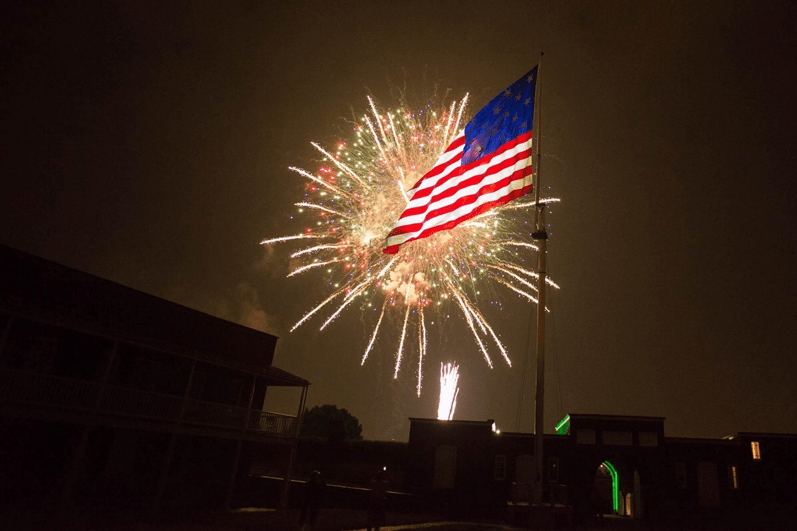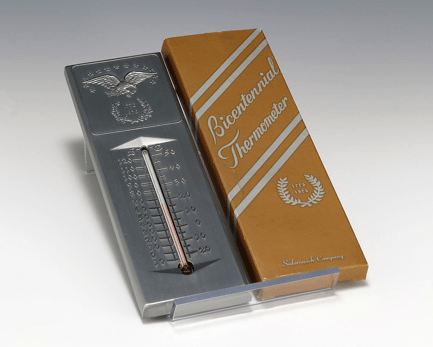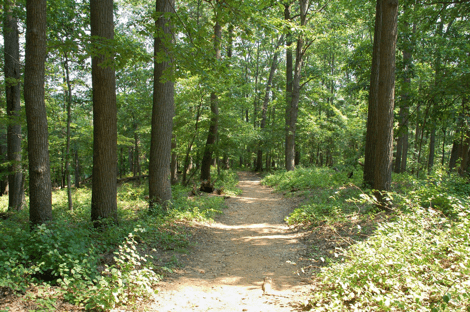Musings from Midpoint
Written by: Jade Ryerson

I recently crossed the halfway point of my internship. The ‘Pathways Through American History’ guide is coming along nicely. I feel increasingly good about the structure that I’m developing and the content I’ve selected to highlight so far.
Since the project is associated with the upcoming Semiquincentennial (250th anniversary of the United States) in 2026, ongoing national conversations about historical memory have been top of mind for me. I find myself constantly wondering, “What does the 250th mean?”—both for the purposes of my project and the country itself. How do we celebrate a place with such deeply embedded cultural prejudices? How do we remind people about the promise that is still possible?
The way that we approach milestones like this one says a lot about our national consciousness and ourselves. For instance, I’ve heard a lot from colleagues about the highly commercialized nature of the United States Bicentennial in 1976. It’s been encouraging to see guidance from the America 250th Commission and other humanities organizations (like the Education for American Democracy initiative and the American Association for State and Local History) which suggest a different approach this time around.

To inform my own vision for the ‘Pathways Through American History’ guide, it’s also been helpful for me to see how the National Park Service (NPS) has participated in commemorations in recent years. The NPS celebrated its own centennial in 2016 and commemorated the Nineteenth Amendment Centennial in 2020.
With an eye towards inclusivity and civic engagement, my approach goes beyond the Revolutionary era and seeks to span all 250 years since the signing of the Declaration of Independence in 1776 as well as the millennia of Indigenous history that preceded it. For that reason, one of the most challenging parts of this project has been defining its scope.
By nature, I often struggle to ‘see the forest for the trees.’ Because I want to present a picture of the American experience that is as full and rich as possible in the ‘Pathways’ guide, it’s been really hard to be selective and cut content from NPS.gov to feature. I have to remind myself that paths are only intended to present small slices of everything there is to see.

But it’s about more than just compiling an exhaustive list of diverse and inclusive stories embodied at parks and historic sites across the country. A list is not particularly exciting or engaging and would be more like a table of contents than a guide. To invite virtual visitors to delve into all of that content, I’m structuring each of the four ‘Pathways’ with inquiry questions and action steps. These elements are intended to spark curiosity, encourage self-reflection, and generate even more questions about what readers can take away.
As I pivot toward wrapping up the project, I’m not sure that I’m much closer to answering what the 250th means. But if I can get readers to consider the multi-layered histories and opportunities for action that surround them—wherever they live—hopefully there’s an answer we can come to together.
To learn about a career in conservation and preservation, visit ACE online today.